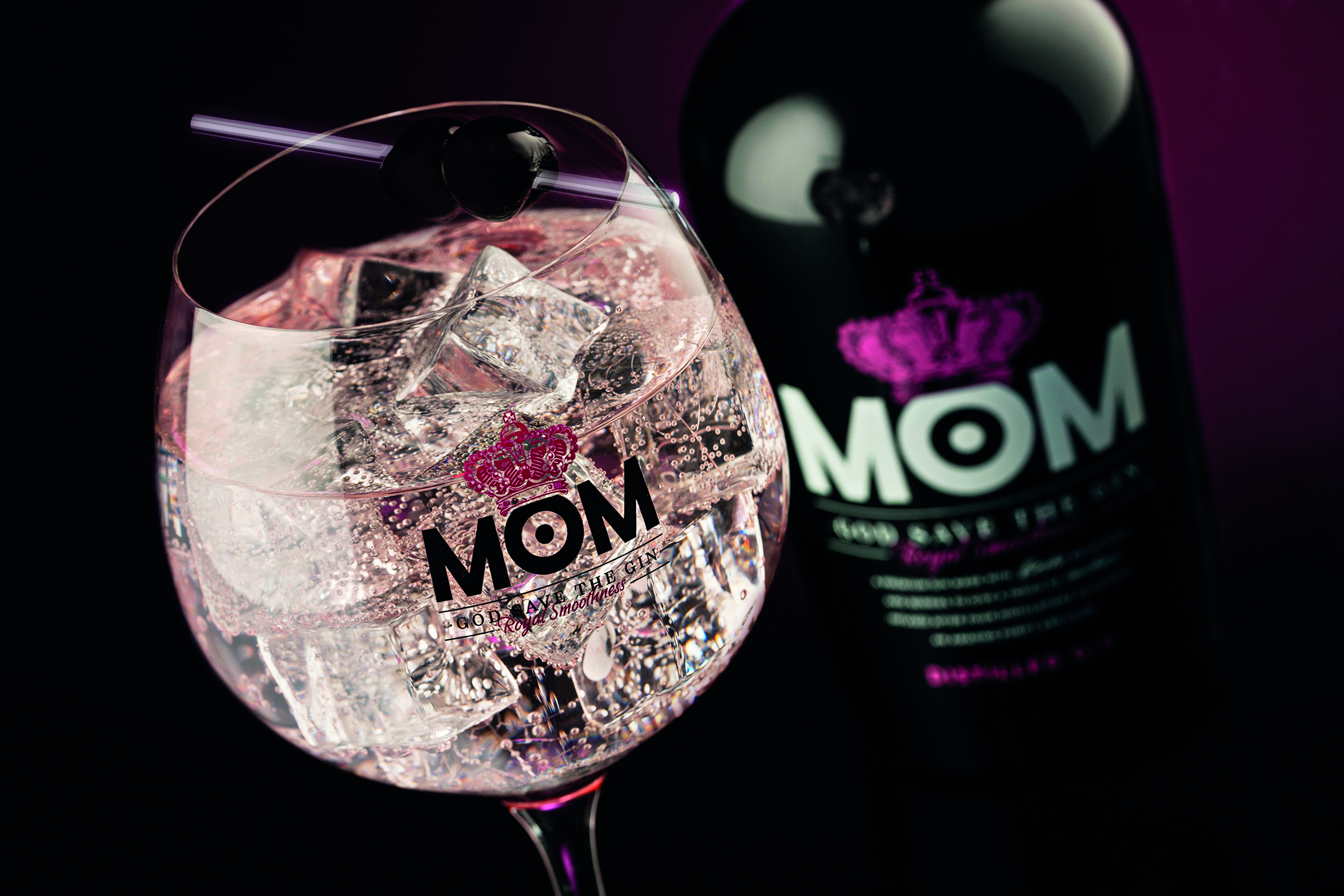
Gin & tonic!
Gomez Moreno agrees: “Spain has no real cocktail culture. We are quite far away.”
But while the G&T reigns supreme as the drink to be seen with, the fact is that many people, particularly younger women, do not actually like the bitterness of the tonic and the drying aftertaste. The solution: people have started adapting and personalising the offering, adding tomatoes and cinnamon, “prostituting the gin & tonic”, according to Brotons.
And along comes Puerto de Indias, a 37.5% strawberry-flavoured gin from Sevilla which has had a significant effect on mainstream, more premium brands and inspired other sweet, flavoured gins. Even Charles Maxwell back in the UK and maker of Byass’s London Number One, acknowledges the effect of this strawberry gin on the main gin market. He comments that while he sees growing interest in gin from around the world in terms of enquiries, enquiries from Spain have severely tailed off.
SUPREME DRINK
So as the glorious G&T sits supreme on its pedestal, swirling around its fringes are cheaper, weaker pseudo gins chiselling away at its base.
Beefeater is a huge mainstream brand in Spain. Even master distiller Desmond Payne noticed the blip. “Spain seems to have slowed down but it is still vibrant and other markets are growing,” he says, optimistically.
On these strawberry gins, Gomez Moreno says: “These are for people who never really drink gin & tonic. They like the trend but do not like the citrus or dryness. They want sweetness.”
Asked about Puerto de Indias, Brotons comments: “All the girls like it.” Gonzalez Byass’s response? Mom gin, a 39% more premium alternative. At around €21, it is more expensive than Puerto and its subsequent me-toos. Following the English theme that has been so successful for London Number One, the raspberry flavoured gin has ‘god save the gin’ and ‘royal smoothness’ on the label.
For Gonzalez Byass, London Number One has been very successful. At 47%, it boasts one of the highest juniper contents at approximately 70%, along with other botanicals including angelica root, cinnamon, lemon, cassia bergamot, orris and almond.
Brotons claims the brand has gone from an initial 10 countries to 60 in 10 years. Its major markets are Germany, the UK, US, Australia and Belgium.
For brand building in Spain, bars and clubs remain crucial to success. With approximately 250,000 bars it represents 28% of the total drinks market in Spain by volume but 54% in value. Spirits are 1.6% in volume but 15.9% in value.
Gonzalo Medina, international marketing director for Spanish producer Bodegas Williams & Humbert, has another slant. He says: “In our case, the premium line is doing very well. We used to have a handful of gin brands until 1995 – nowadays there are a few hundred on the market.
“Gin production is developing strongly. Not all newcomers will survive but the majority of premium gins are here to stay. As time goes by consumers are more and more interested in the narrative behind making the spirits themselves and their history.
“Williams & Humbert is of the opinion that the consumer is looking for the simple perfect serve, with a discrete but delicate garnish allowing the gin to shine and not overpower it,” he says.
